How America’s Most Luxurious Cruise Liner Became a Scary-Ass Wreck
It was January 15, 1994 and a crew of Ukrainian sailors was attempting to tow an antique cruise liner through a storm. They’d left Greece two weeks earlier, towing the SS America through the calm of the Mediterranean before hitting the Atlantic. There, as they rounded the African coastline and headed past the Canary Islands, they found themselves trying to drag the vessel through eight metre seas and howling rain.
That night, as she rolled with the swell, the SS America was dark and empty. But when launched from New York in 1940 she’d been one of the largest, most luxurious cruise liners in America: 220 metres long, 10 decks high, with several dining rooms, pools, a barbers shop, and a grand ball room—all in slick art deco. Which explains why, by 1994, she’d become something of a museum piece.
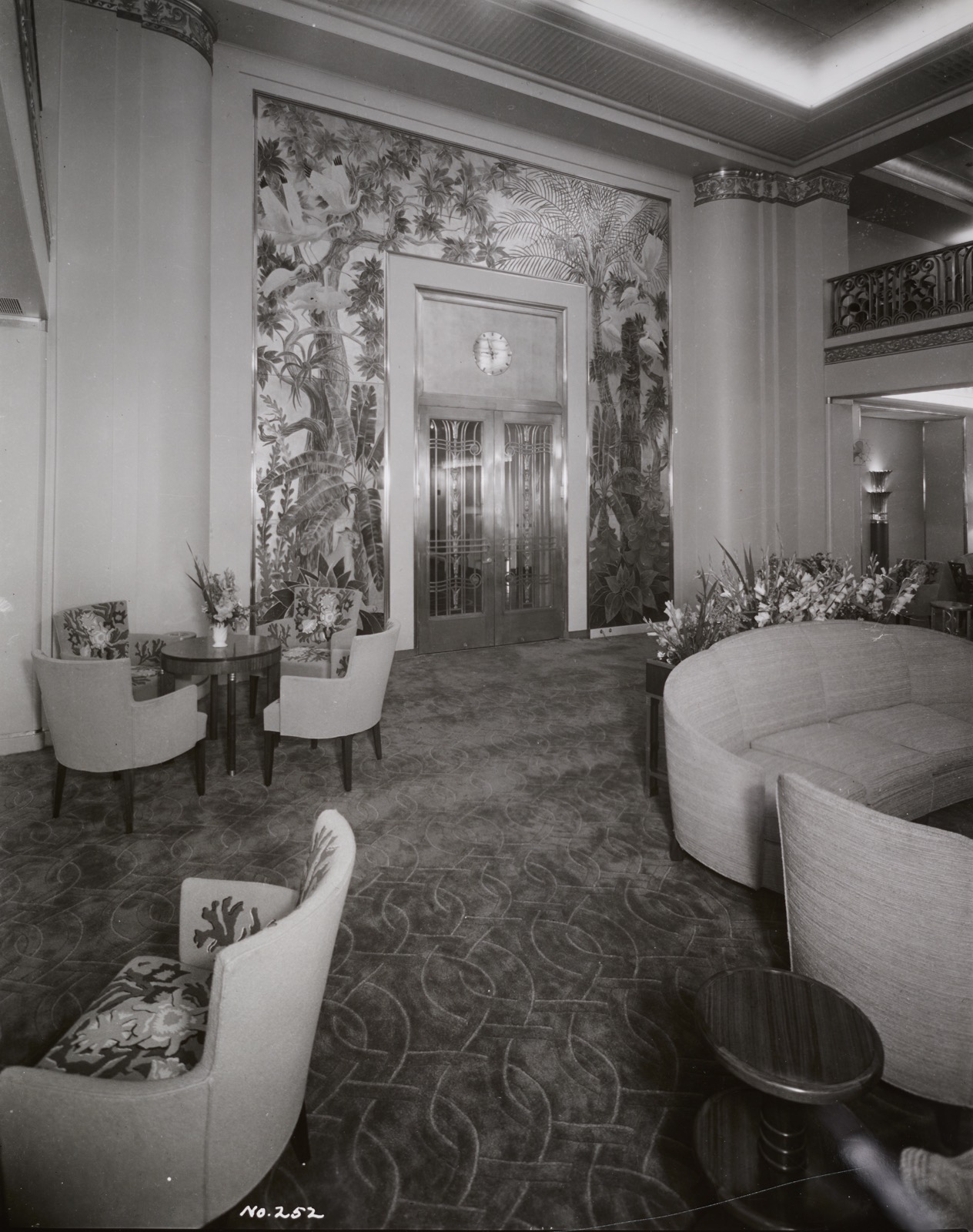
At that time, the SS America had been purchased by investors who dreamed of a floating hotel off the beach in Phuket. They’d been thrilled to find a 1940s liner with its interiors intact. Virtually no other cruise liners escaped the century without having their insides gutted and redecorated, but the America somehow scraped through. So you can imagine the hotel would have been something special, if they’d ever got it to Thailand.
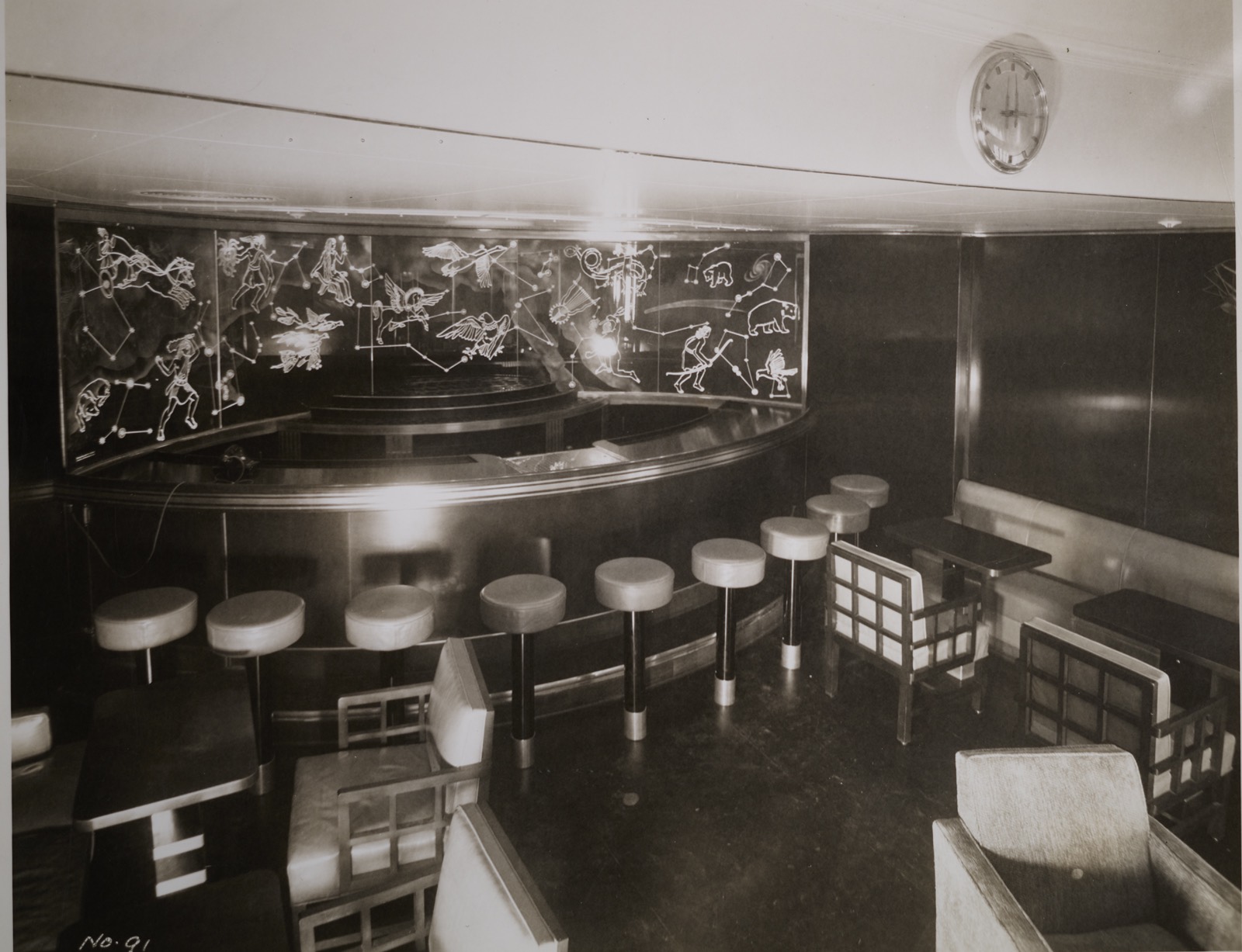
On the night of January 15 the America was drifting wide in the storm, wrenching at the tow wires connecting her to the tug. There was no one aboard to steer, but even if there had been the America’s propellors had been removed and bolted to the deck. So the tugboat crew had to just plow ahead and hope.
About midnight, the tow wires sheered off, liberating the America into the open sea. The Ukrainian crew were charging their Thai clients close to a million dollars for delivery, so they now faced the prospect of shipwrecking an antique, and decided to try landing a team on the America via helicopter. It was a pretty insane plan but it worked, and on January 17 a group were lowered onboard to reattach the wires, only to lose them again later that night. The team was evacuated and the SS America was left drifting towards the Canary Islands, with her owners (and insurers) hoping the storm would subside.
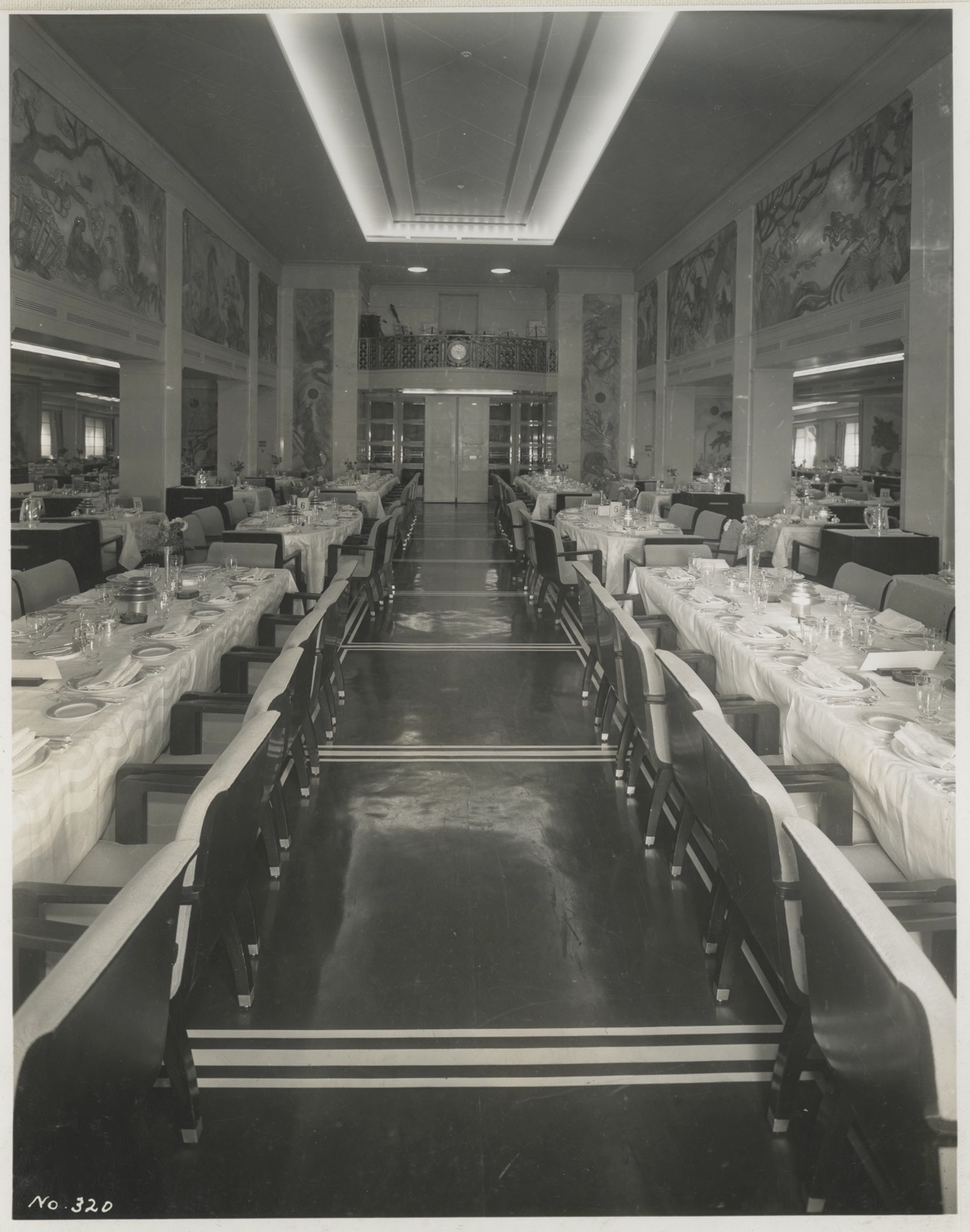
It didn’t. The storm continued all the following day until on January 18 the America was hurled sidelong against the island of Fuerteventura. After only a few hours of getting walloped by waves along her length, the America was torn in half and the owners declared the ship a total loss. The stern section of the ship sank two years later, but the bow remained upright and explorable for another decade—which is exactly what tourists like Mike Langmayer did.
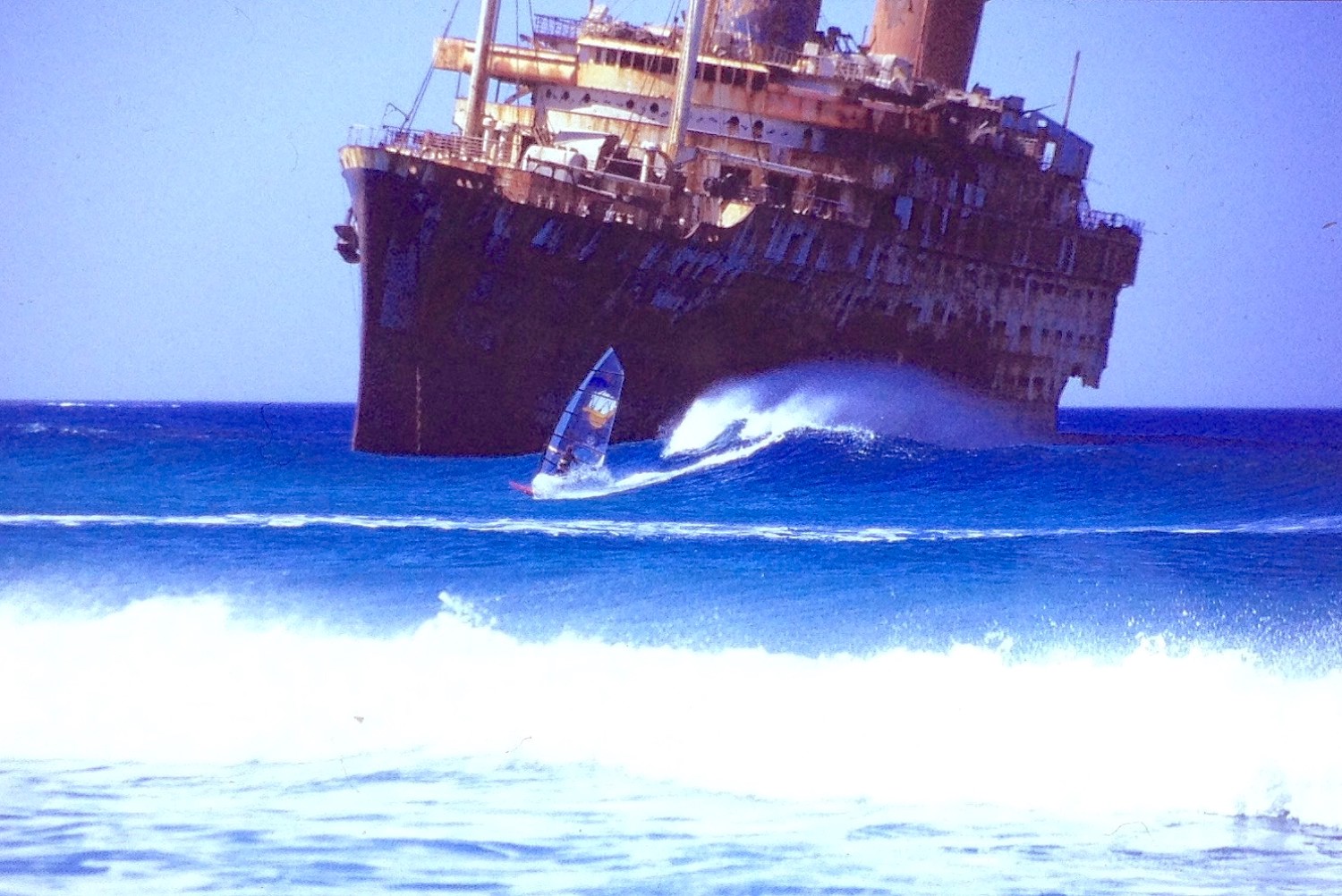
“I first read about the America in a windsurfing magazine,” explains Mike, who took the following photos. He’s now a real estate agent in Germany, but in 2001 he was an avid windsurfer and traveler. “The ship was completely off the track and pretty hard to get there without an off-road vehicle. We got stuck in the sand a couple of times but finally got there. I just couldn’t believe how close it was to the beach.”
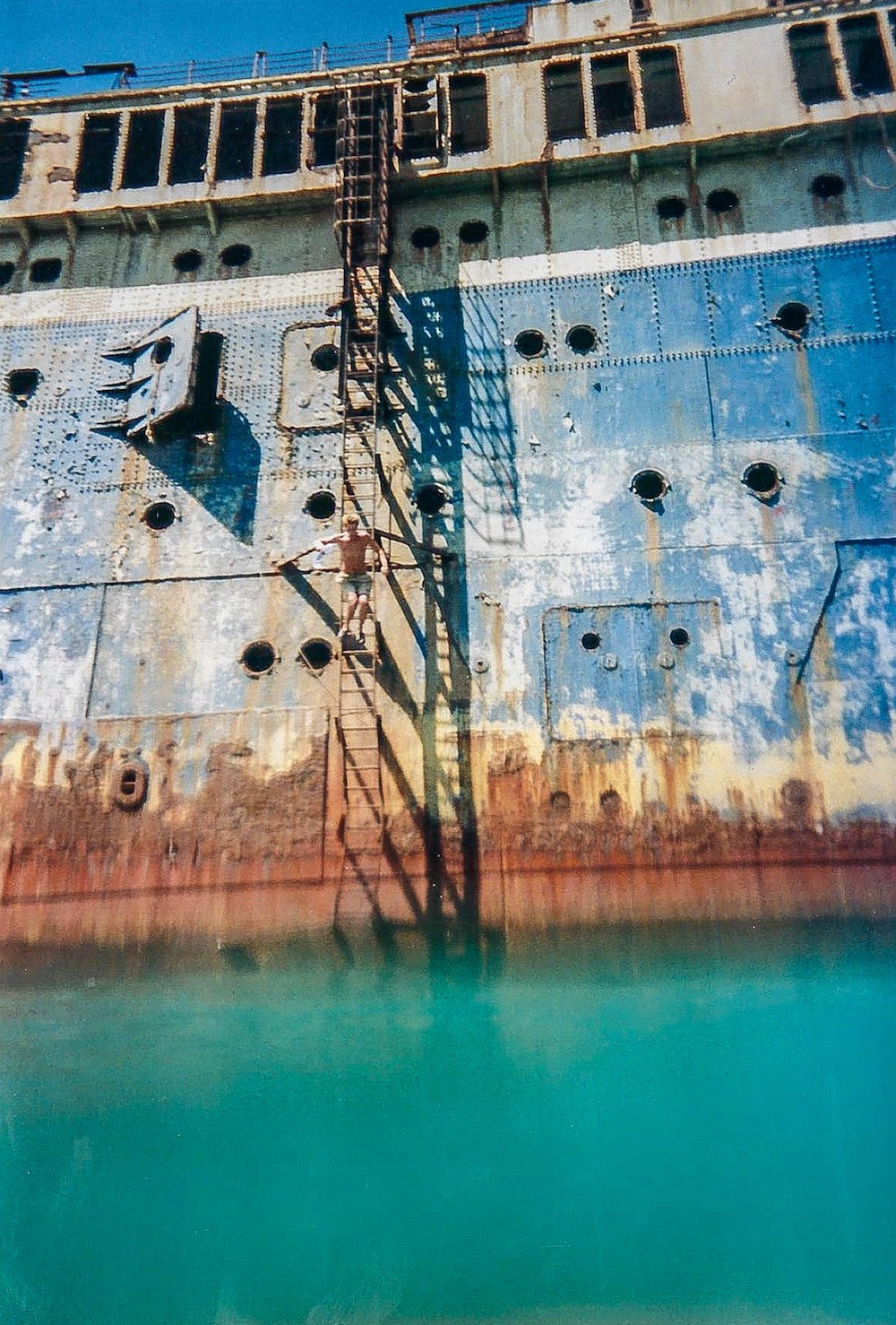
It took Mike and his friends about 30 minutes to swim out and find the ladder which had been welded to the America’s side before its last trip. “When we got closer it was making really scary noises from the waves that were smashing into its side,” he explained. “Then climbing the rusty ladder was super scary as we didn’t know if it would break off. Some off the ladder rungs were missing.”
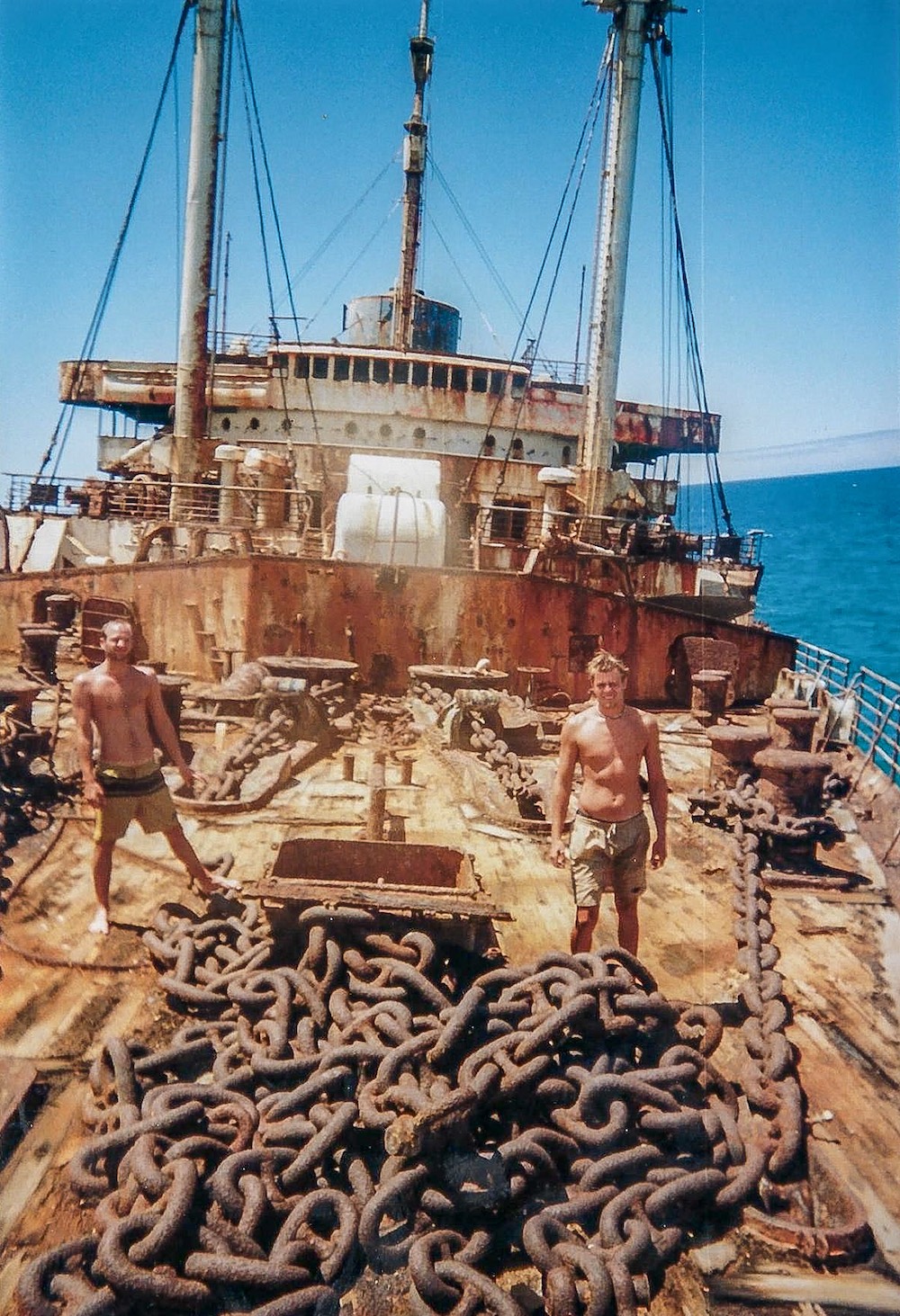
At one stage Mike remembers walking around the lower deck when it gave a crack and dropped. “We really thought we’d break through,” he said. “It was really frightening and after that we decided it was too unsafe to walk any further.”
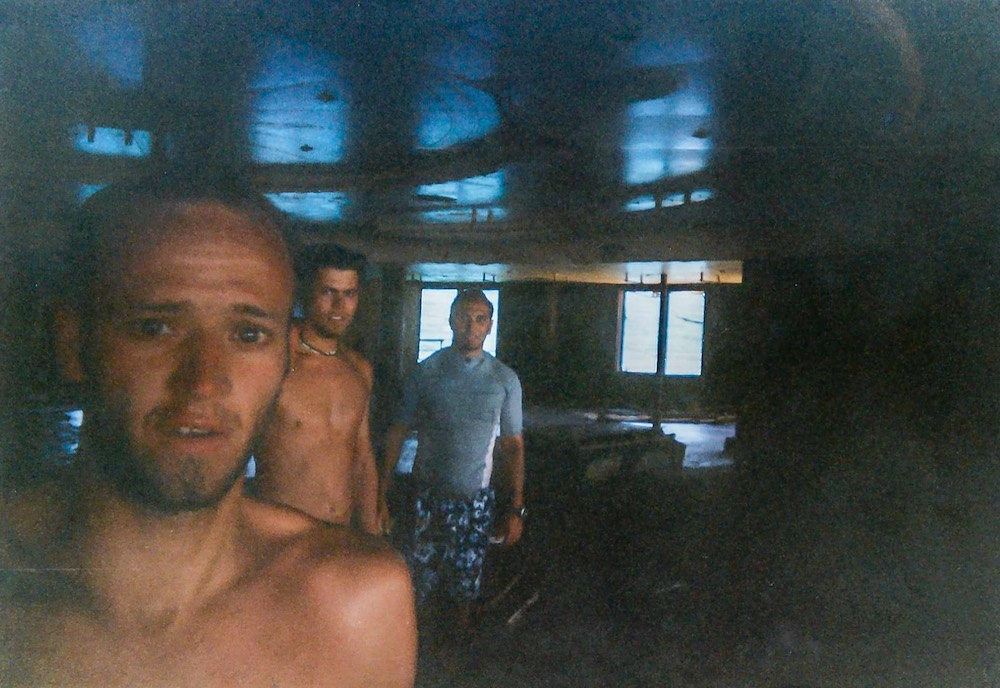
He describes the sea-ruined insides as sad and empty. The port holes on the seawards side had blown in, leaving the Atlantic to surge through. “There wasn’t much left of the decoration except a few bolted table legs and the crushed remnants of a bar, as well as parts of the ceiling lighting,” he recalls. “But the main hall of the ship was quite impressive. I think it was ballroom on the promenade deck.”
Then, after poking around for an hour, Mike and his friends swam back to shore.
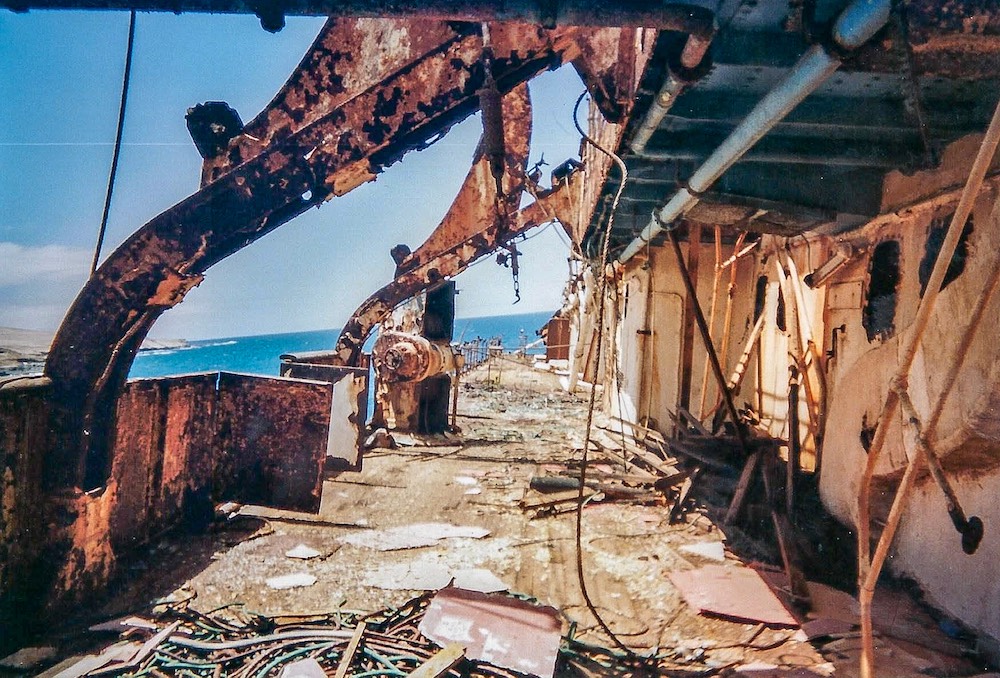
Today, the most intact parts of the America are now stashed in sheds and garages around Fuerteventura, thanks to the comprehensive looting it received in the days after getting beached. As you can imagine for an island of 100,000—a wrecked ocean liner was the biggest thing that had happened in years and hundreds showed up in dinghies to strip the ship clean. Everything from recyclable copper wiring to fittings, furniture, and artwork was pulled out and run down the ladder. Over the years the stuff has turned up in antique auctions, and usually in worse condition than it was found.
These days, if you now go down to the beach at Fuerteventura, you won’t see anything. The last of the SS America fell over in 2006 leaving only bits of steal poking from the waves. And that’s only at low tide.
For more like this, follow Julian on Instagram or Twitter. And for more history on the America, check out this intensely thorough site here
This article originally appeared on VICE AU.